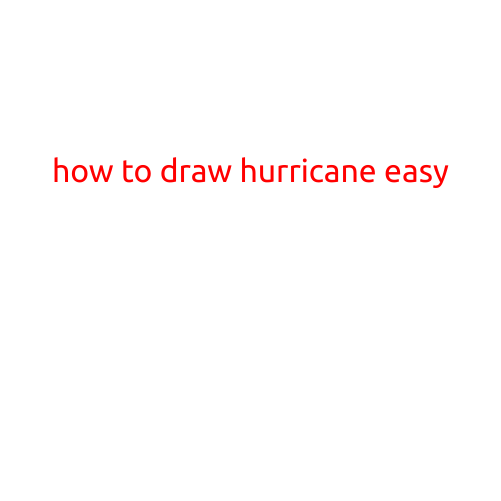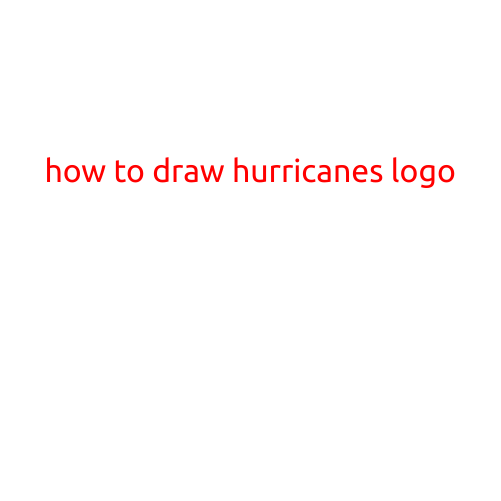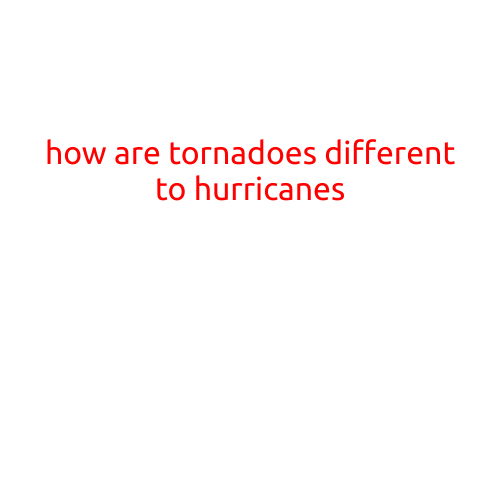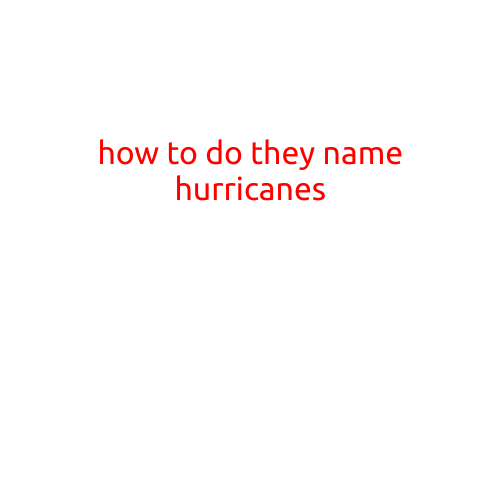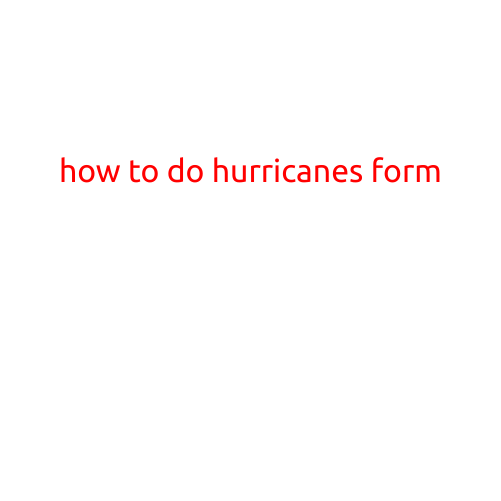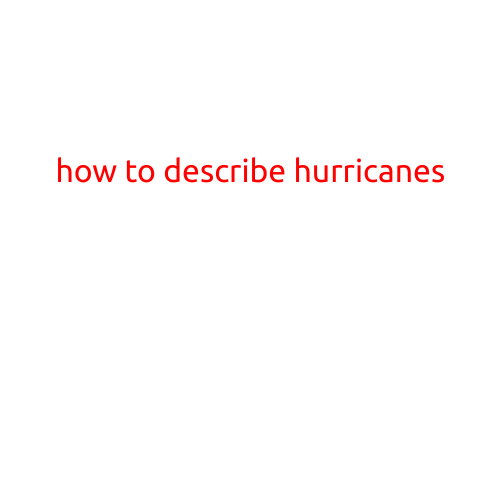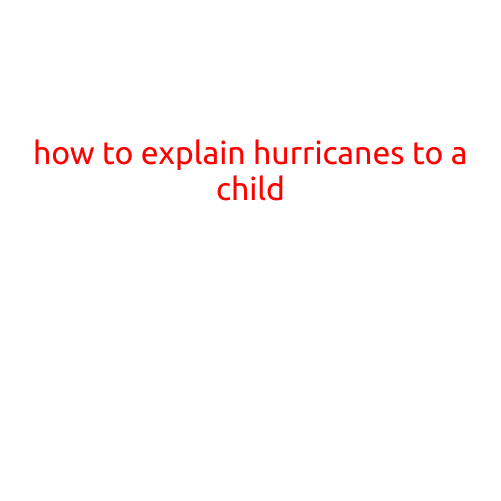
How to Explain Hurricanes to a Child
As a parent or guardian, it’s natural to want to protect your child from scary and confusing weather events. Hurricanes can be especially overwhelming, with powerful winds and heavy rains that can cause destruction and disruption. But by explaining hurricanes in a way that’s easy to understand, you can help your child feel more prepared and confident.
What is a Hurricane?
Start by explaining that a hurricane is a type of storm that forms over warm ocean waters. Tell your child that hurricanes are also called tropical cyclones or typhoons, and that they can bring strong winds and heavy rains.
You can use a simple analogy to help your child understand. Compare a hurricane to a giant fan that blows really hard, making the wind swirl around it. Explain that the wind is what makes the storm so powerful and destructive.
Why Do Hurricanes Happen?
Explain to your child that hurricanes happen when the air over the ocean is warm and moist. This warm air rises, creating an area of low pressure near the surface of the ocean. As more warm air rises to fill this space, it creates a spinning motion, much like a top spinning around its axis.
The Coriolis effect, a phenomenon caused by the Earth’s rotation, then helps the spinning motion to form into a circular storm shape. This is what gives a hurricane its characteristic spiral shape.
What Happens During a Hurricane?
While it’s important to be prepared, it’s also important to avoid alarming your child. Explain to them that during a hurricane, the winds will be strong, and it may be loud and scary. You can compare it to a really intense thunderstorm, but on a much larger scale.
Explain that the heavy rains can cause flooding and make it hard to get around. Tell your child that this is why it’s important to follow the instructions of authorities, such as evacuating if necessary, and staying indoors until the storm passes.
How Can We Prepare for a Hurricane?
Encourage your child to take an active role in preparing for a hurricane. You can work together to:
- Stock up on non-perishable food and water
- Charge electronic devices and have batteries on hand
- Board up windows and secure outdoor furniture
- Move important documents and valuables to a safe location
Additional Tips for Explaining Hurricanes to Children
- Use visual aids: Show your child pictures and videos of hurricanes to help them understand what they look like.
- Use simple language: Avoid using technical jargon that might confuse your child.
- Be honest: It’s okay to be honest with your child about the potential dangers of a hurricane, but don’t dwell on it.
- Offer comfort: Let your child know that you’re there to keep them safe and that you’ll work together to ride out the storm.
By explaining hurricanes in a way that’s easy to understand, you can help your child feel more prepared and confident in the face of severe weather. Remember to use simple language, visual aids, and reassurance to help your child feel safe and secure.
